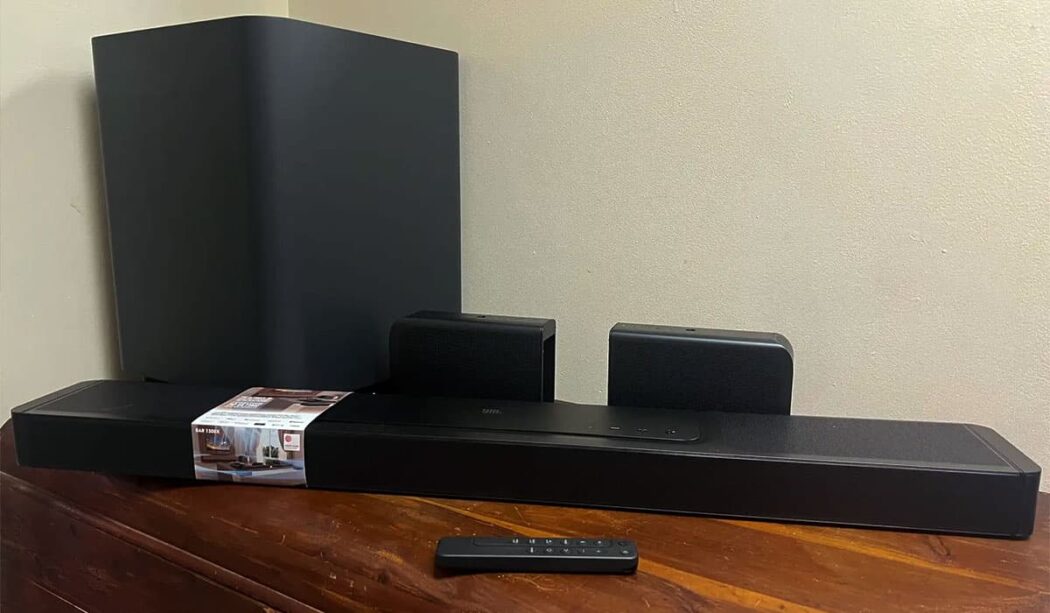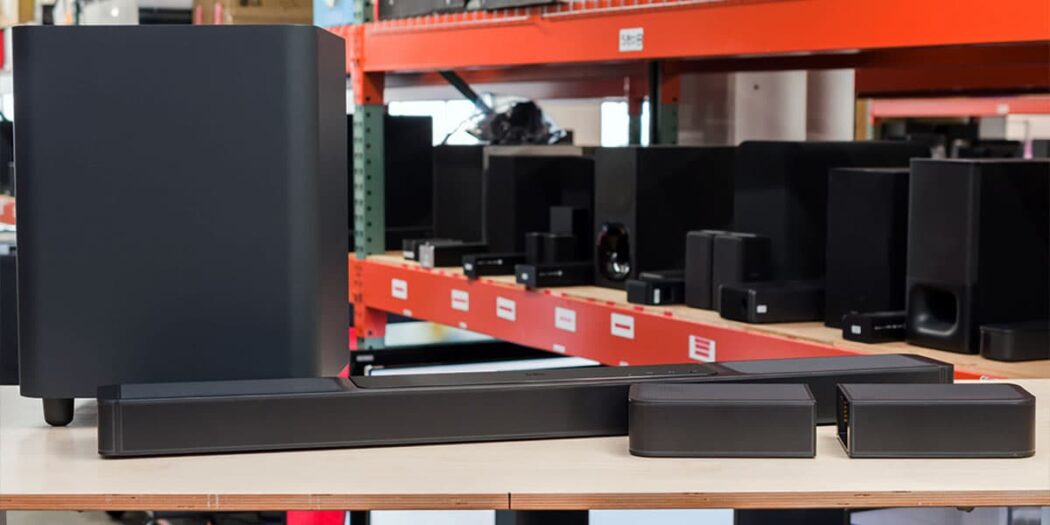As an audiophile always scanning the horizon for the latest in wireless audio, I gotta admit there’s never been a better time to cut the cord! Bluetooth and Wi-Fi have transformed how we listen, bringing us new freedom and convenience, though sometimes at a cost to audio quality, depending on the codec. But new wireless technologies like aptX and LDAC address this, while emerging alternatives like WiSA and AirPlay promise multidimensional sound.
In this article, we’ll go deep into Bluetooth, Wi-Fi, and some up-and-coming devices in wireless audio, comparing pros and cons so you can choose what’s right for your next wireless audio adventure!
Understanding wireless audio technologies
Wireless connectivity has transformed our listening experience by allowing convenient mobility without being literally tied down! The main wireless protocols used for audio today are Bluetooth and Wi-Fi. Bluetooth allows devices to communicate directly over short distances using little power. This makes it ideal for portable devices like wireless earbuds and speakers to stream audio from your smartphone hassle-free.
Meanwhile, Wi-Fi enables wireless connectivity by linking devices to a local network and router with a much farther range but higher power demands. Wi-Fi audio comes into play with smart speakers you use at home, letting you cast audio from mobile apps and access internet audio streaming content.

Bluetooth technology
After all these years, I’ve really gotten the hang of Bluetooth technology. It is for the benefit of the less experienced that Bluetooth is a universal way for devices to communicate wirelessly over short distances. When streaming audio from your phone to headphones, speakers, car systems, and more, Bluetooth has become a solution for everyone. Bluetooth audio is delivered through the Advanced Audio Distribution Profile (A2DP) and Audio/Video Remote Control Profile (AVRCP). The latest Bluetooth 5.0 standard provides a larger range, faster speed, and greater broadcast messaging capacity than the previous versions.
Bluetooth’s audio codecs have improved significantly. Optional codecs like aptX, AAC, and LDAC offer better quality, lower latency, and more advantages. Bluetooth audio tech provides easy pairing, solid connectivity, expanding functionality, and device support for an improved listening experience.
Wi-Fi technology
In the past few years, I’ve become very familiar with Wi-Fi audio streaming technologies over the years. For those less versed, Wi-Fi refers to any wireless local area network based on the IEEE 802.11 standards. Regarding transmitting audio, Wi-Fi has some clear advantages over other wireless options like Bluetooth.
Modern 802.11 standards like 802.11ac and 802.11ax offer bandwidth that can support lossless audio formats for better-than-CD sound quality. The range of Wi-Fi Networks extends much farther than Bluetooth – you can access the same audio across an entire house! Audio can also be synchronized between multiple speakers in different rooms with minimal lag. Popular protocols like DLNA, AirPlay, and Chromecast allow media servers, mobile devices, and apps to stream audio directly to Wi-Fi-connected speakers with ease.
Wi-Fi audio comes into play with devices like wireless multi-room smart speakers, AV receivers, soundbars, and TVs. Using a Wi-Fi home audio system, you can effortlessly control audio playback from your phone, cast music from sites like Spotify, access your networked media library of hi-res audio files, or stream movies in immersive surround sound – all wirelessly over your home Wi-Fi network. As Wi-Fi standards and device support continue advancing, so will the breadth of features and audio fidelity for incredible wireless streaming flexibility.

Practical considerations and tips
Navigating the wireless audio realm can seem daunting at first, but with a few practical tips under your belt, you’ll be enjoying crystal-clear sound in no time. The key is understanding your wireless network environment to maximize connectivity and quality. For both Wi-Fi and Bluetooth audio, position your transmitter and listening devices closer together and in line of sight when possible. This improves signal strength. Bluetooth hates walls and other obstacles! Also, minimize potential interference from other wireless sources like microwaves, baby monitors, and cordless phones, which operate at the same frequency. Updating firmware ensures compatibility with the latest standards and audio codecs, too.
When setting up multi-room wireless speakers, choose a central speaker location as an extender for the others to connect through. Use ethernet backhaul for speakers that offer it as this dedicates connectivity just for audio. Wi-Fi bands can get congested if too many speakers connect wirelessly! For intermittent Bluetooth dropouts, try “forgetting” and repairing the device to refresh the hands-free connection. Some AV receivers feature wireless managers that check for firmware updates, assist in connecting to new devices, and troubleshoot to prevent headaches!